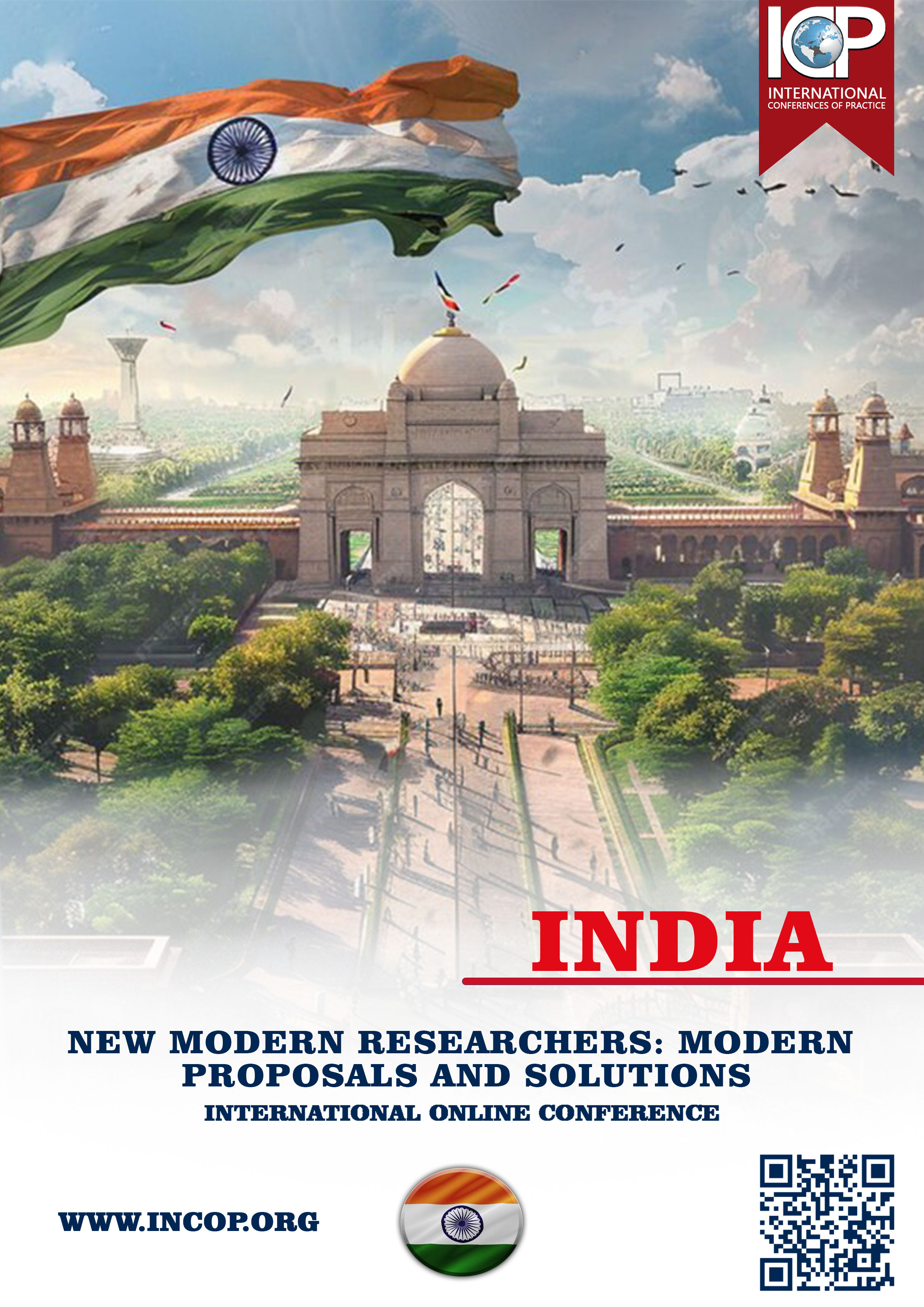LANGUAGE IN THE AGE OF VIRALITY: HOW INTERNET COMMUNICATION ACCELERATES NEOLOGISM FORMATION
Abstract
In the digital era, internet-based communication platforms are accelerating the formation, dissemination, and entrenchment of neologisms in profound ways. This paper, “Language in the Age of Virality: How Internet Communication Accelerates Neologism Formation”, examines the mechanisms, processes, and consequences of lexical innovation driven by viral online communication. It begins by defining neologism and situating it in the context of the internet, then explores key factors such as social media virality, algorithm-driven exposure, networked participatory culture, meme culture, and generational language play. Morphological, semantic and pragmatic processes of neologism creation are described, drawing on recent studies of online slang and digital language change. Empirical cases (including pandemic-related vocabulary and Gen Z coining practices) illustrate how new lexical items rapidly spread, mutate, and sometimes become institutionalised. The paper also analyses the interplay between internet communication speed, global reach, platform affordances, and language change. Finally, it reflects on implications for lexicography, language policy, education and cross-cultural communication. The findings suggest that virality not only increases the rate at which neologisms are generated and disseminated, but also alters the thresholds and pathways by which lexical innovation becomes part of mainstream usage
References
1. Agha, A. (2011). Meet Mediatization: Semiotic regimentation and discursive change in globalizing media. Language & Communication, 31(3), 163–172. https://doi.org/10.1016/j.langcom.2011.01.003
2. Androutsopoulos, J. (2014). Mediatization and sociolinguistic change: Key concepts, research traditions, open issues. In Mediatization and Sociolinguistic Change (pp. 3–48). Berlin: De Gruyter Mouton.
3. Baumgarten, N., & Du Bois, I. (2021). Digital discourse and lexical innovation: The case of COVID-19 neologisms. Discourse, Context & Media, 44, 100553. https://doi.org/10.1016/j.dcm.2021.100553
4. Bucholtz, M., & Hall, K. (2016). Embodied sociolinguistics. In N. Coupland (Ed.), Sociolinguistics: Theoretical debates (pp. 173–197). Cambridge University Press.
5. Crystal, D. (2011). Internet linguistics: A student guide. Routledge.
6. Danesi, M. (2017). The semiotics of emoji: The rise of visual language in the age of the Internet. Bloomsbury.
7. Grieve, J., Nini, A., & Guo, D. (2021). Analyzing lexical innovation on social media: A case study of Twitter. Language Variation and Change, 33(1), 1–32. https://doi.org/10.1017/S0954394520000215


